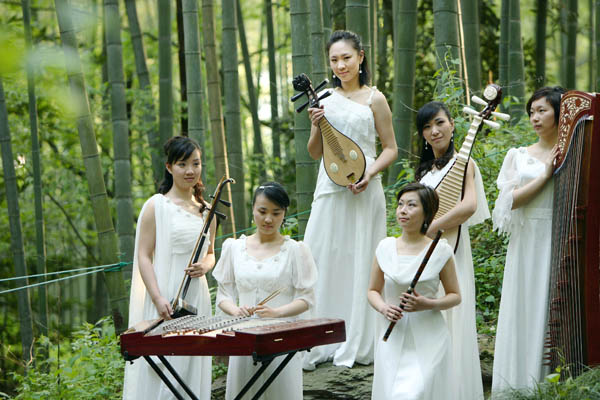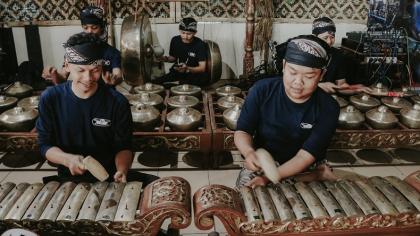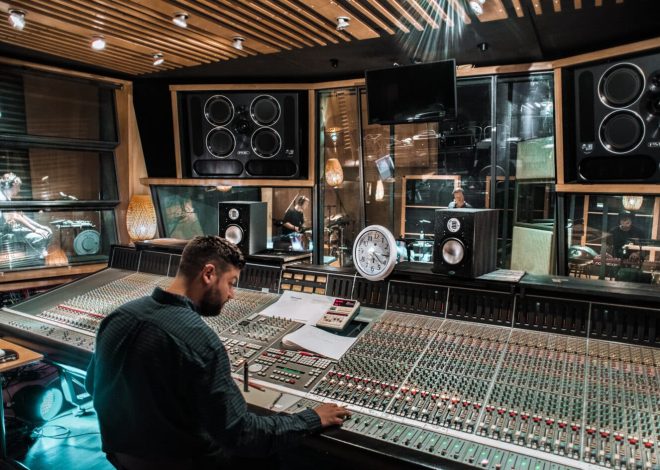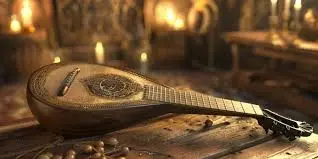
Plucked Traditional Musical Instruments and Their Origins
Plucked Traditional Musical Instruments and Their Origins – Indonesia, with its cultural diversity, offers endless charm in every region. As a cultural heritage from our ancestors, traditional musical instruments have an important role that we need to preserve. Starting from understanding their shape to learning how to play them, all are part of this preservation effort.
Plucked Traditional Musical Instruments and Their Origins
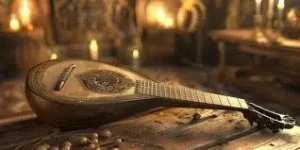
theaddamsfamilymusicalstore – In this article, Traveloka will invite you to explore various traditional musical instruments that are played by plucking. Let’s find out together about the shape, playing techniques, and philosophy of each of these musical instruments.
1. Kecapi
The kecapi is known as a traditional musical instrument originating from the Bugis and West Java regions. However, if traced further, history records that the kecapi originated from the Chinese mainland and was then introduced to the archipelago.
There are three techniques in playing the kecapi. First, the sintreuk toel technique, where the player flicks the index fingers of both hands on the strings. Second, the dijeungkalan technique, which requires the player to lean forward. Here, the right hand plays three strings simultaneously, while the fingers of the left hand pluck free notes. The third technique is jambret, which uses the middle finger, thumb, and index finger of the right hand to pluck three strings simultaneously.
Baca Juga : Traditional Musical Instruments of South Sulawesi
2. Hasapi
Hasapi, also known as the Batak lute, is a traditional musical instrument of the Batak Toba tribe from North Sumatra. Having a long shape similar to a guitar, hasapi is made of strong and hard wood, and is included in the category of chordophone instruments.
There are two types of hasapi, namely hasapi ende and hasapi doal. Hasapi ende functions as the main instrument in the gondang hasapi ensemble, while hasapi doal acts as a constant rhythm regulator. This musical instrument is often played in traditional events such as religious rituals, weddings, and traditional meetings and accompanies it in cultural festivals.
3. Sasando
Sasando is a traditional musical instrument that has been recognized internationally, introduced at the 42nd ASEAN Summit. Originating from Rote Island, East Nusa Tenggara, the local people call it sasandu, which means “to sound” and “to vibrate.”
The history of sasando began in the 1950s, when a talented young man in art was asked to create this musical instrument. Sasando has a unique shape, made of palm leaves curved into a semicircle, with a long tube in the middle made of special bamboo. Its function is to stretch and adjust the tension of the strings. The way to play sasando is by plucking using both hands in opposite directions, where the right hand plays the chords and the left hand plays the melody or bass.
4. Siter
The siter is a traditional plucked musical instrument originating from West Java and Central Java. This musical instrument is often used as an accompaniment to Javanese gamelan performances and wayang karawitan, to enrich the tone color in the performance.
The shape of the siter is similar to the zither, but is equipped with a chest and a support to adjust the wire or string. The sound of the siter is produced by plucking the strings using the thumb, creating its distinctive melody.
By knowing and understanding this traditional musical instrument, we not only appreciate the nation’s cultural heritage, but also contribute to its preservation for future generations.
You can find two types of siter. First, there is the siter penyerangabbta or small siter, which functions as an instrument for playing cengkok. Then, there is the siter celempung or large siter, which is played one octave below the regular siter.
5. Gambus
Unlike the siter which comes from East Nusa Tenggara, the gambus has historical roots from Arabia. This musical instrument was brought by Middle Eastern traders who entered the archipelago in the 7th century. Thus, the gambus is a traditional plucked musical instrument that was born from the process of Islamization in Sumatra, then modified according to local culture.
The shape of the gambus is similar to a guitar and mandolin, but with the difference in the holes which are made of stingray skin or goat skin. The gambus can have between 3 and 12 strings.
The way to play the gambus is by plucking the strings to produce a beautiful melody. In addition to its function as an accompaniment in cultural festivals, gambus is also a tool for spreading Islamic teachings as well as bridging social interaction between communities.
6. Jentreng Tarawangsa
In West Java, there is a jentreng tarawangsa musical instrument that is similar to a zither, although it is smaller and only has seven strings. Jentreng tarawangsa is included in the category of chordophone ensembles, where the sound comes from the resonator chamber. This musical instrument is often used to accompany art festivals as a form of gratitude for the rice harvest.
The way to play it is also unique; the tarawangsa part is played by rubbing or touching, while the jentreng part
